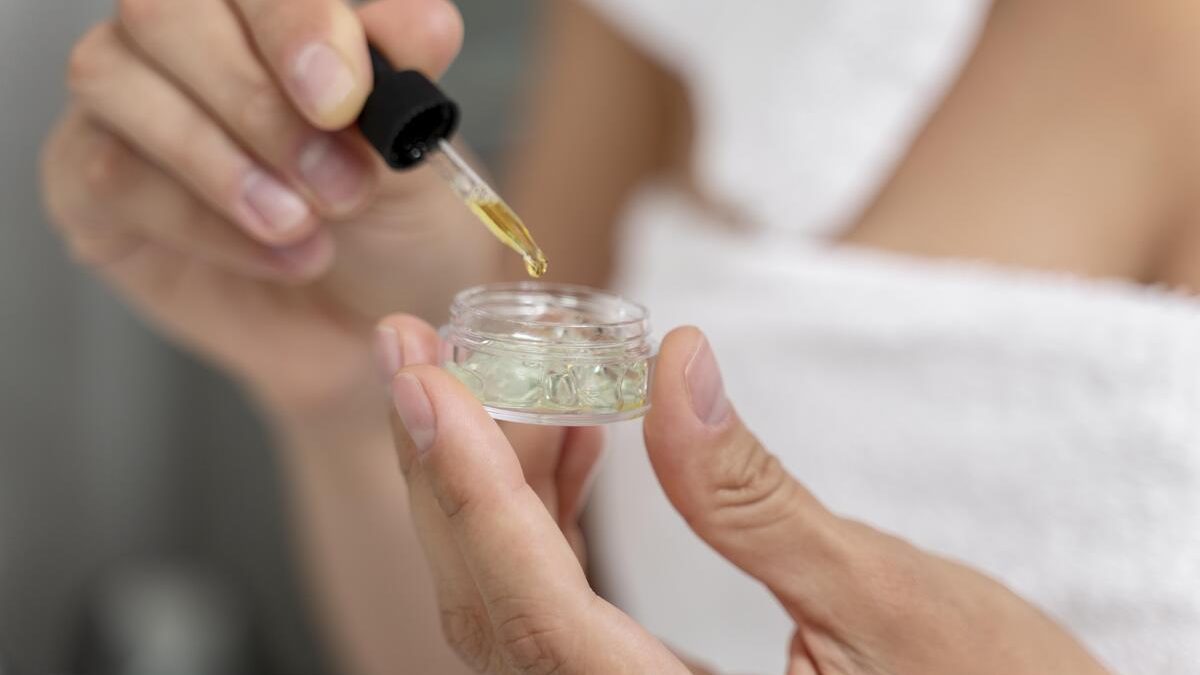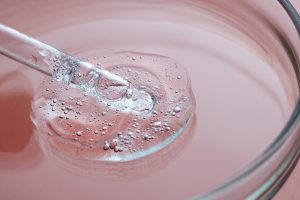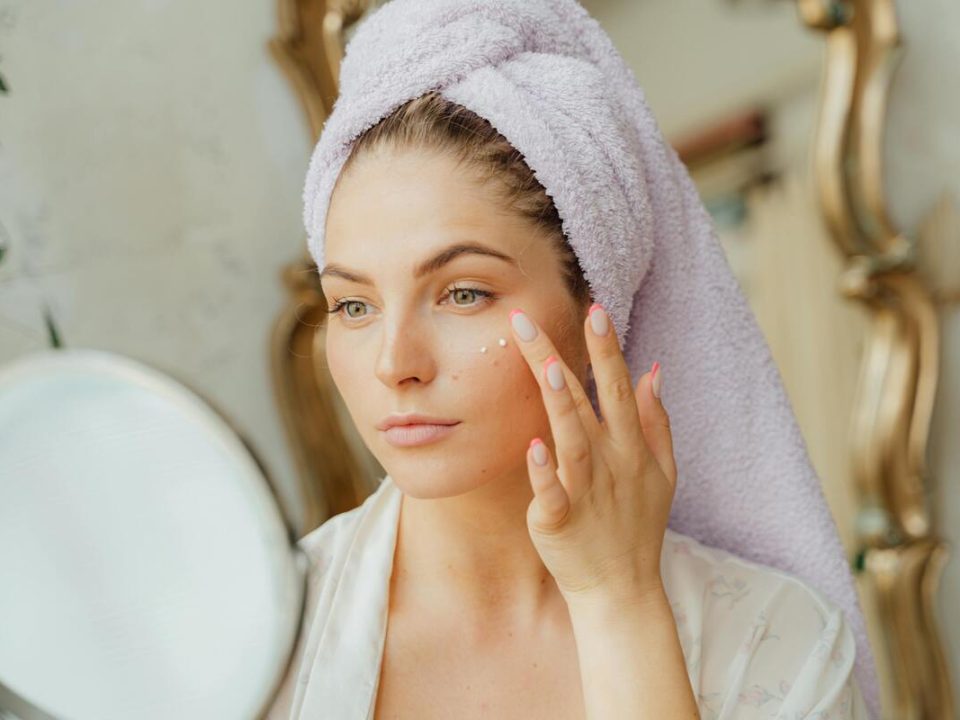
Is Salicylic Acid Better For Acne?
March 7, 2024
Deciding Between Lactic Acid And Glycolic Acid: Which Exfoliant Is Right For You?
May 9, 2024Hey there, fellow skincare enthusiast! Let’s talk lactic acid—no need to panic, it’s not as daunting as it may seem. In reality, it packs a punch when it comes to giving you that coveted clear, radiant complexion. And who doesn’t crave that glow? So, if you’re curious to delve deeper into the wonders of lactic acid for your skin, you’re in luck! Stick around, and I’ll walk you through its incredible benefits and how to incorporate it into your skincare routine for maximum glow potential. Let’s unlock that luminous skin together!
You’ve likely encountered discussions about alpha-hydroxy acids (AHAs), right? Well, lactic acid falls under this category, though it’s not as potent as its counterparts like glycolic acid. Derived from fermented lactose, which, yes, hails from milk, but hold your nose – you won’t be walking around smelling like dairy all day.
Now, what’s the deal with lactic acid in skincare, you ask? It’s a chemical exfoliant, just like other AHAs, working its magic by whisking away those dead skin cells that cling to the surface. Picture skin smoother than a baby’s bottom – that’s the promise lactic acid holds. And if you’ve ever heard of folks indulging in milk baths, it’s essentially the same principle at play here. So, consider lactic acid your ticket to a smoother, more radiant complexion.
How to Use Lactic Acid Safely
Unlocking the potential of lactic acid for radiant skin requires a balanced approach. While this gentle AHA exfoliant offers remarkable benefits, its misuse can lead to adverse effects on your skin’s health. To harness its power effectively, follow these actionable tips:
Moderation is Key: Avoid the temptation to overuse lactic acid. Opt for application every alternate night to prevent over-exfoliation and maintain your skin’s natural protective barrier. It’s wise to consult with a dermatologist to tailor a regimen suited to your skin’s needs.
Avoid Overlapping Treatments: If you’re incorporating retinoids or intense scrubs into your skincare routine, exercise caution. Overloading your skin with multiple treatments simultaneously can provoke irritation, potentially triggering post-inflammatory hyperpigmentation. This condition, characterized by excess melanin production, requires diligent care and patience for resolution.
Shield Against Sun Damage: Embrace sun protection as a non-negotiable step in your skincare ritual. The exfoliating effects of chemical peels heighten your skin’s susceptibility to UV radiation. Safeguard against potential harm by diligently applying SPF 30+ sunscreen, reapplying every two hours during sun exposure. By shielding your skin from UVA and UVB rays, you reduce the risk of skin cancer and premature aging.
Adhere to Product Guidelines: Prioritize adherence to product instructions to optimize results while minimizing risks. When selecting lactic acid-based products, ensure the concentration remains below 10% and the pH level exceeds 3.5. Additionally, choose formulations that explicitly caution against sun exposure post-application, prioritizing the long-term health of your skin.
By integrating these proactive measures into your skincare regimen, you empower yourself to leverage the transformative benefits of lactic acid safely and effectively. Remember, informed action is the cornerstone of achieving a luminous complexion while preserving your skin’s vitality for years to come.
Benefits of Lactic Acid for Skin
Exfoliating Power: Lactic acid dissolves tired, lackluster skin cells, revealing a fresher, smoother complexion akin to an instant filter for real life.
Addressing Common Skin Concerns: It tackles acne, congestion, hyperpigmentation, and fine lines by freeing pores from dead skin, reducing acne breakouts, and lightening pigmentation for a brighter complexion.
Promoting Skin Resilience: Lactic acid stimulates collagen production, contributing to a thicker, firmer dermal layer, ensuring supple, elastic skin.
Enhanced Product Absorption: Acting as a catalyst, it allows moisturizers and serums to penetrate deeper, intensifying hydration and diminishing the emergence of fine lines and wrinkles.
Brightening Effects: Lactic acid helps to even out skin tone and reduce the appearance of dark spots, resulting in a more radiant complexion.
Minimizing Pores: By effectively exfoliating the skin, lactic acid can reduce the appearance of enlarged pores, giving the skin a smoother texture and more refined appearance.
Improving Texture: Regular use of lactic acid can lead to smoother, softer skin with improved texture and overall appearance.
Gentle for Sensitive Skin: Compared to some other chemical exfoliants, lactic acid tends to be gentler, making it suitable for those with sensitive skin who may not tolerate harsher treatments well.
Potential Downsides of Lactic Acid for Skincare
Embarking on the journey of experimenting with lactic acid for skincare could yield remarkable results, yet it’s crucial to be vigilant of potential adverse reactions. While unveiling a brighter complexion is enticing, keep a watchful eye for the following:
Redness: A common occurrence, redness might indicate your skin’s sensitivity to the treatment.
Swelling: In some cases, swelling may accompany redness, signaling a reaction to the lactic acid.
Burning Sensation: Sensations of heat or burning might indicate irritation, necessitating attention.
Severe Itching: Persistent itching could denote an adverse reaction, warranting prompt action.
Noticeable Peeling: While mild peeling is expected with chemical exfoliation, excessive peeling could signify a reaction.
Should you experience any of these symptoms, consulting your healthcare provider promptly is imperative. Additionally, abstaining from exfoliants temporarily can aid in mitigating further stress on your skin, facilitating its recovery process. Remember, prioritizing your skin’s health is paramount on your journey towards radiant, healthy-looking skin.
Conclusion
In conclusion, lactic acid is a powerhouse ingredient in skincare, offering a multitude of benefits for achieving radiant, healthy-looking skin. From its gentle exfoliating properties to its ability to address common skin concerns and promote skin resilience, lactic acid proves to be a versatile and effective addition to any skincare routine. By following safe usage guidelines and being mindful of potential adverse reactions, individuals can harness the transformative benefits of lactic acid while minimizing risks. Whether you’re looking to brighten your complexion, minimize pores, or improve skin texture, lactic acid offers a solution that is gentle yet effective, suitable for various skin types. Remember, informed action and prioritizing skin health are key to unlocking the full potential of lactic acid for luminous, youthful-looking skin. So, embrace the wonders of lactic acid and embark on your journey towards radiant skin with confidence and vitality.







